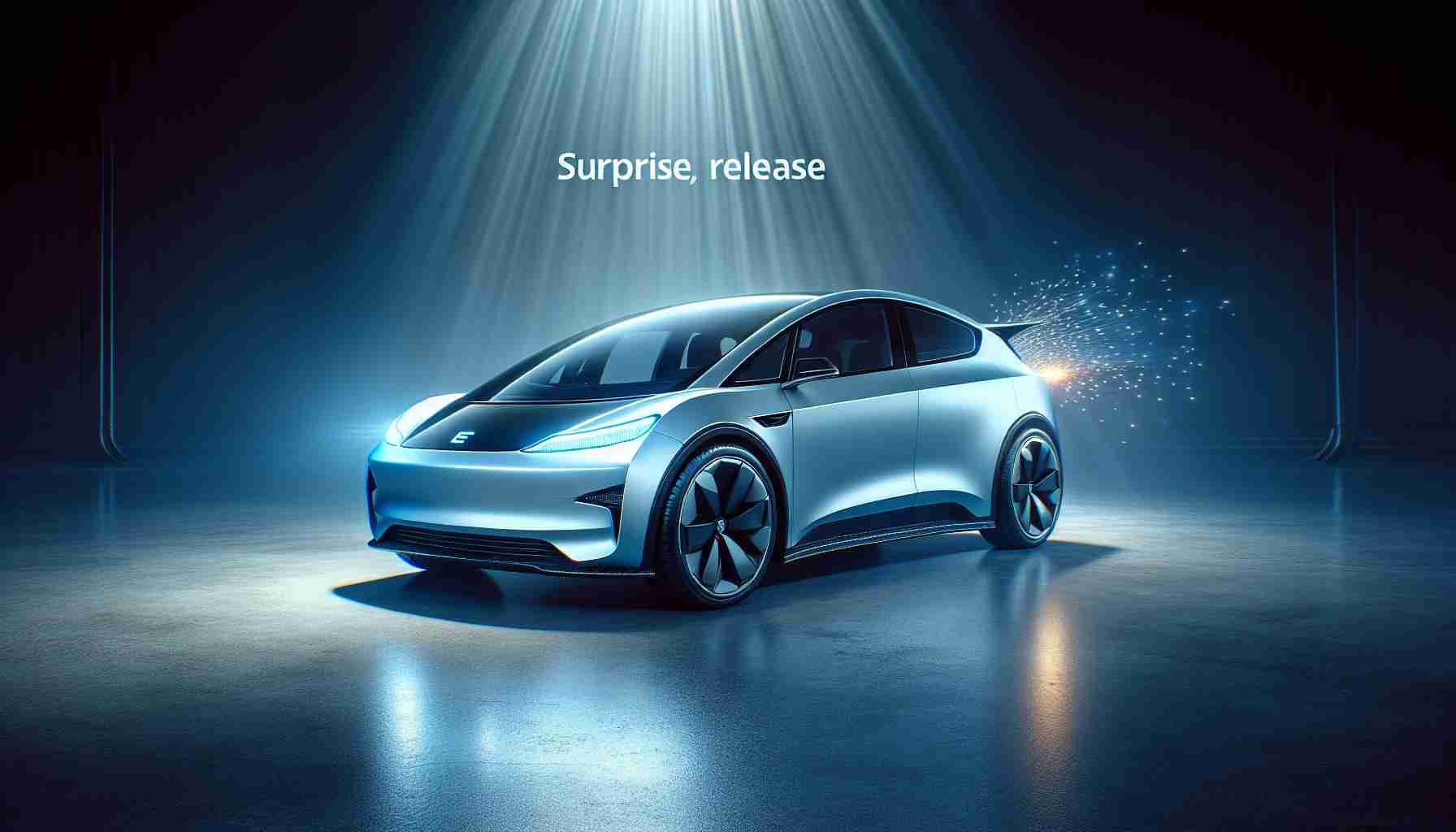Canoo, the innovative electric vehicle (EV) maker, is making waves in the EV industry once again. The company has announced a groundbreaking strategy that aims to differentiate it from the crowded electric vehicle market. Instead of focusing solely on consumer car sales, Canoo is pivoting towards a subscription-based model, targeting businesses and urban fleets rather than individual car buyers.
Understanding the Shift
Canoo’s decision comes as a response to the evolving dynamics of urban transportation and the increasing demand for flexible transportation solutions. This pivot towards a subscription service allows Canoo to cater to businesses that seek adaptable and cost-effective mobility solutions without the burden of ownership. By targeting urban fleets with its modular, multi-purpose delivery and transport vehicles, Canoo is positioning itself as a leader in the adaptability and flexibility that urban mobility requires.
The Financial Implications
The launch of this subscription model is expected to open up a new revenue stream for Canoo, which could potentially solidify its financial standing in the highly competitive EV industry. By aligning its business model with the growing trend of car-as-a-service, Canoo is tapping into a market projected to expand significantly over the coming years. Financial analysts are closely watching Canoo’s moves as this innovative business model could be pivotal for their competitive positioning and long-term profitability. As the electric vehicle sector continues to grow and evolve, Canoo’s strategy could potentially set a new standard for how EVs are marketed and utilized by businesses worldwide.
Could Canoo’s Subscription Model Transform Urban Mobility?
Community Impact: Reducing Urban Congestion
As Canoo steps into the realm of subscription-based electric vehicles aimed at urban fleets, it potentially impacts cities grappling with congestion and pollution. By encouraging businesses to use EVs instead of traditional vehicles, Canoo’s strategy could pave the way for cleaner air and reduced traffic chaos in bustling urban centers. The shift aligns with global initiatives aimed at promoting sustainable transportation in cities struggling to meet environmental targets.
Analyzing Controversies: Is Subscription Really the Future?
While the concept offers excitement for many, others raise eyebrows. A key controversy is whether businesses are ready to forego ownership entirely. Is the market truly ripe for a rental-style model? Furthermore, how will this affect industries reliant on the maintenance and sale of traditional automotive parts?
Advantages and Disadvantages: The Bigger Picture
Adopting a subscription model presents advantages, notably convenience and reduced responsibility for maintenance. Businesses can scale their fleets up or down based on operational needs. However, skepticism remains about cost-effectiveness and potential limitations on vehicle customization. If a company extensively personalizes its vehicles, will a subscription model fulfill its requirements?
Looking Ahead: Global Implications
This model could inspire other countries to adopt similar approaches, altering the global automotive landscape. The potential for job creation in tech and service sectors arises, yet traditional automotive roles may decline.
For more information on sustainable urban transport, consider exploring resources at World Bank and United Nations.












